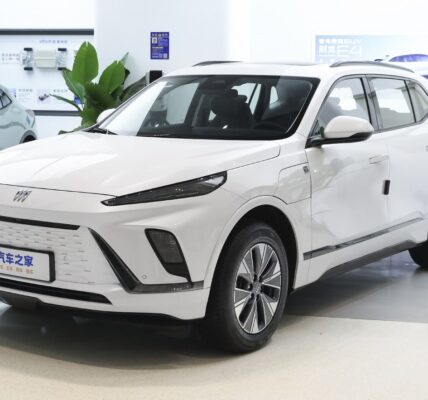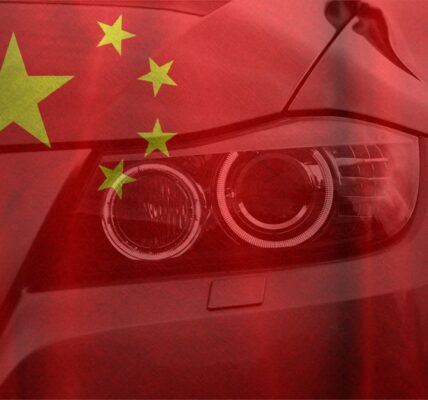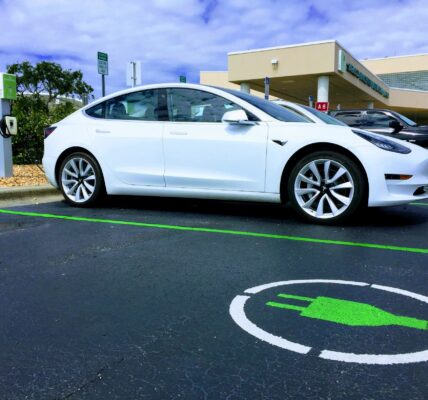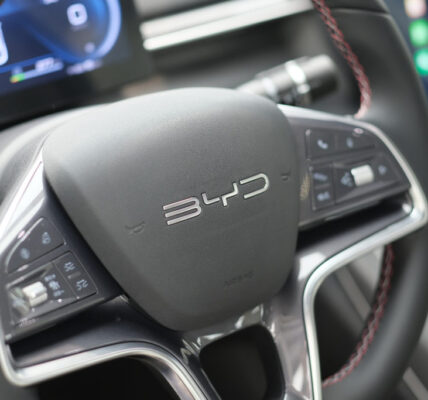China has overtaken Germany as the top exporter of electric vehicles (EVs) to Korea.
Korea’s imports of Chinese EVs totaled US$172 million in October, according to the Korea International Trade Association (KITA). That’s more than double the amount of Korea’s German EV imports (US$70 million). This is the third consecutive month that China claimed the title of No. 1 EV exporter to Korea after overtaking Germany for the first time ever on a monthly basis in August.
This came as Korea began to import Tesla’s Model Y made in China by U.S. EV giant Tesla in the second half of this year. Earlier, Tesla began selling the Chinese-made Model Y powered by lithium-iron phosphate (LFP) batteries in Korea in September. The use of LFP batteries cut the model’s price by about 20 million won.
According to the Korea Automotive and Mobility Association (KAMA), Tesla’s sales in Korea surged 6.5 times to 4,501 units in September from 696 units in August.
In the Korean market of commercial vehicles such as buses and trucks, Chinese EV makers are also rapidly gaining ground in Korea. In particular, the discontinuation of the Damas and the Labo — small commercial vehicles from Korean automakers –- was an opportunity for Chinese electric cargo vehicles to quickly fill that void.
According to new vehicle registration statistics from CarIsYou Data Research Institute, sales of Chinese-made electric cargo vehicles reached more than 2,300 units from January to October this year. The SE-A, a one-ton electric van from Chinese automaker Geely, has alone sold more than 600 units since its launch in Korea in June.
On the other hand, Korea posted minimal auto exports to China. In 2011, Korea had a US$2.3 billion surplus in auto trade with China. However, the surplus has been on the wane ever since and has been in the red since 2017. Since hitting US$470 million last year, the deficit already reached US$800 million in the first ten months of this year.







